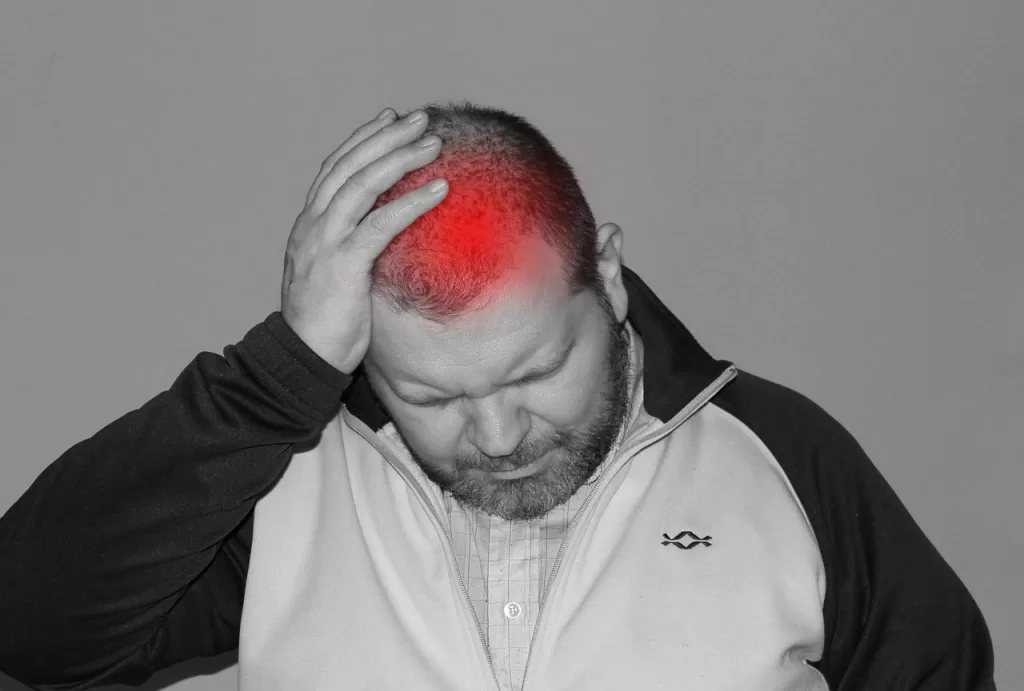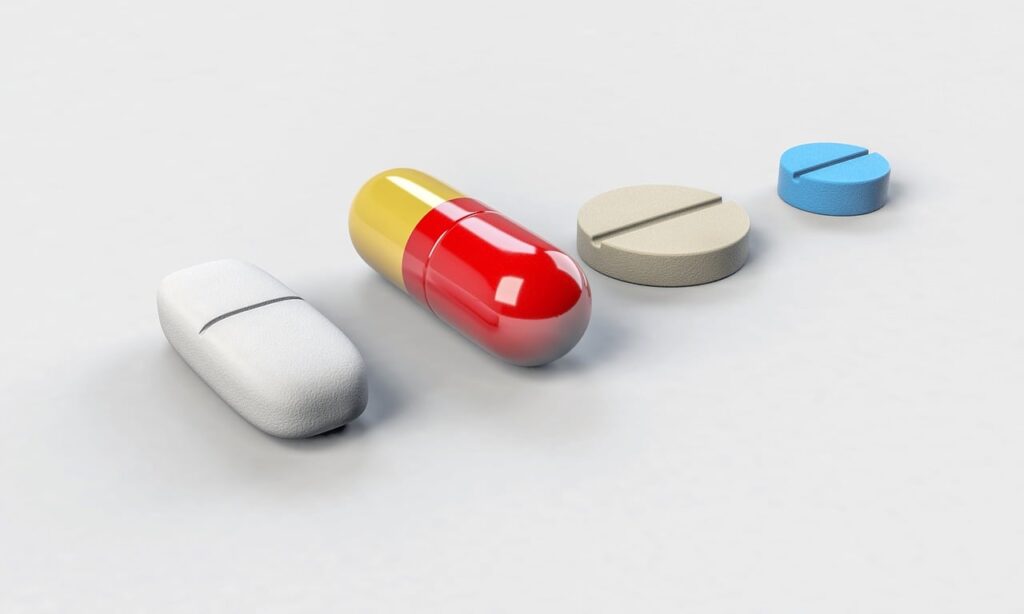What is an Opoid Antidote?
An opioid or opoid antidote is a medication designed to rapidly reverse the effects of an opioid overdose. It works by binding to the same receptors in the brain as opioids, effectively displacing the opioids and restoring your normal breathing and consciousness whenever you are affected. Naloxone is the most commonly used opoid antidote, quickly counteracting the life-threatening effects of opioids and playing a critical role in emergency situations.
What is Opioid?
An opioid is a type of medication or drug primarily prescribed by physicians to alleviate pain you may experience. It works by binding to specific receptors in the brain and body to reduce the perception of pain. Opioids can include prescription pain relievers like oxycodone, hydrocodone, and morphine, as well as illegal substances like heroin. They can be highly effective for managing severe pain but also carry a risk of addiction and overdose if misused or taken in higher doses than prescribed.
Opioid Toxicity and its Impact on You

Opoid toxicity is a significant health concern characterized by the harmful effects of opioid misuse or overdose. It can lead to respiratory depression, unconsciousness, and even death. Beyond individual health risks, opioid toxicity deeply impacts communities by straining healthcare systems, burdening public resources, and contributing to societal issues like crime and unemployment. Additionally, the emotional toll on families and loved ones dealing with the consequences of opioid toxicity is substantial, creating a widespread societal challenge that requires comprehensive intervention strategies involving healthcare, education, and policy reforms.
Importance of Addressing Opioid Overdose Promptly and Effectively
Prompt and effective response to opioid overdoses is crucial due to their potentially fatal consequences. Immediate intervention, typically through an opoid antidote like naloxone, can reverse the effects of overdose, restoring normal breathing and preventing death. Rapid action not only saves lives but also minimizes the risk of long-term health complications caused by oxygen deprivation to the brain and other organs. Moreover, addressing overdoses promptly sends a clear message about the value of human life and underscores the significance of proactive measures to combat the opioid crisis within communities, emphasizing the need for prevention, education, and access to treatment.
Opioid Toxicity and its Causes
Opioid toxicity refers to the harmful effects caused by an excessive amount of opioids in the body. This gives a rise in the need for an opoid antidote. Opoid overdose often arises due to the misuse, overuse, or abuse of opioid medications or illicit substances. Causes of opioid toxicity include taking higher doses than prescribed, using opioids without a prescription, combining opioids with other drugs or alcohol, or accidentally ingesting too much of the medication. Opioid toxicity can lead to severe consequences such as respiratory depression, unconsciousness, and even death if not promptly addressed through medical intervention.
Signs and Symptoms of Opioid Overdose

- Respiratory depression: Slowed or shallow breathing, difficulty in breathing, or periods of not breathing.
- Pinpoint pupils: Constricted pupils, often described as very small and unreactive to light.
- Loss of consciousness: Unresponsiveness, inability to wake up, or passing out.
- Confusion or disorientation: Inability to think clearly or concentrate.
- Bluish tint to lips or fingernails: Cyanosis, indicating lack of oxygen in the blood.
- Limpness or weakness: Muscles feeling extremely relaxed or weak.
- Vomiting or gurgling noises: Gastrointestinal symptoms or unusual sounds due to suppressed gag reflex.
- Cold, clammy skin: Skin feeling unusually cool and damp to the touch.
Opioid toxicity poses an immediate and life-threatening risk, causing severe respiratory depression, unconsciousness, and even death. Swift intervention with an opoid antidote is crucial as it can rapidly deteriorate without prompt medical attention.
Naloxone as an Opioid Antidote
Naloxone, widely recognized as a crucial opioid antidote, is a medication designed to rapidly reverse the life-threatening effects of opioid overdose. It works by binding to the same receptors in the brain as opioids, effectively blocking their effects and restoring normal breathing patterns. Naloxone is available in various forms, including nasal sprays and injectables, and can be administered by trained professionals or even by laypeople in emergency situations. Its effectiveness in swiftly reversing opioid overdoses has saved countless lives, making it a critical tool in combating the opioid crisis.
Forms of Naloxone
- Injectable naloxone: This form of opoid antidote is available as a solution for injection, commonly administered intramuscularly or intravenously. It’s typically used by healthcare professionals in hospital settings or by trained responders in emergency situations.
- Nasal spray: Naloxone is also available as a nasal spray, which is user-friendly and designed for easy administration by laypeople. It comes in pre-filled, ready-to-use devices that deliver the medication into the nasal passages.
- Auto-injector: Some naloxone formulations come in auto-injector devices similar to EpiPens, providing a simple, user-friendly way for non-medical personnel to administer the medication quickly and effectively in emergency situations.
- Evzio: This opoid antidote is a specific brand of naloxone auto-injector that provides voice instructions to guide individuals through the administration process, making it particularly user-friendly for non-professionals.
- Naloxone vial for atomization: In certain cases, naloxone vials may be used with specific devices for atomization, turning the liquid medication into a mist that can be inhaled through the nose.
Accessibility and Ease of Use of Naloxone
Naloxone’s accessibility and user-friendly nature render it highly suitable for both medical professionals and laypersons. Its availability without a prescription in many places allows easier access for individuals at risk of opioid overdose or those in proximity to opioid users. The varied formulations, such as nasal sprays and auto-injectors, are designed for straightforward use, requiring minimal training. This ease of use empowers not only healthcare providers but also bystanders, family members, or friends to swiftly administer naloxone as an opoid antidote in emergency situations, potentially saving lives without the need for extensive medical expertise. Such accessibility and simplicity in its application make naloxone a vital tool in combating opioid-related fatalities across diverse community settings.
Administering Naloxone
Administering the opoid antidote, naloxone in the event of an opioid overdose can be a critical and potentially life-saving process. Here’s a step-by-step guide:
1. Assess the situation: Ensure your safety and call emergency services immediately.
2. Prepare the naloxone kit: Follow the instructions provided with the naloxone kit. Different formulations may have specific guidelines for assembly or preparation. Check the expiration date and make sure the kit is ready for use.
3. Position the person: Lay the affected individual on their back. Tilt their head back slightly to open the airway.
4. Administer naloxone:
- Nasal Spray: If using a nasal spray, gently insert the tip of the device into one nostril and firmly press the plunger to release the medication. Repeat in the other nostril if directed.
- Auto-injector: Remove the safety cap and place the tip against the outer thigh. Press firmly and hold in place for several seconds to deliver the dose.
5. Observe and monitor: Stay with the person and monitor their breathing. If there’s no response within a few minutes, administer additional doses if permitted by the instructions or local protocols. Continue monitoring until emergency responders arrive.
Dosage: It’s crucial to follow the recommended dosage provided in the naloxone kit. Overdose severity may vary, and dosages differ among naloxone formulations. Using the correct dosage is essential for effective reversal without causing harm.
Common concerns:
- Side effects: Naloxone may cause withdrawal symptoms, such as nausea, vomiting, or agitation, especially if the person is opioid-dependent. However, these effects are temporary and less dangerous than the overdose itself.
- Enabling drug use: Some worry that having naloxone available might encourage risky behavior. However, naloxone is a harm reduction tool, not a treatment for addiction. Its primary aim is to save lives during emergencies, offering a chance for medical intervention and recovery.
Conclusion
The opoid antidote, Naloxone stands as a crucial, life-saving tool in the battle against opioid overdoses. Its accessibility and ease of use empower individuals to intervene swiftly during emergencies, potentially saving lives while awaiting professional medical aid. It’s imperative for everyone to educate themselves about naloxone, understanding its availability in their communities and how to access it. Widespread distribution and training programs can empower more individuals, both medical professionals and laypersons, to respond effectively to opioid emergencies.
However, while naloxone addresses immediate crises, it’s equally vital to tackle the root causes of opioid toxicity. Addressing addiction through comprehensive treatment, promoting responsible prescribing practices, and enhancing education about opioid risks remain paramount to prevent future overdoses. Together, a multifaceted approach encompassing naloxone availability, education, and addressing the opioid crisis at its core is crucial to saving lives and fostering healthier communities. Awareness, preparedness, and a holistic approach are key in combating this complex public health issue.
Discover www.medicalantidote.com for a variety of health resources.



